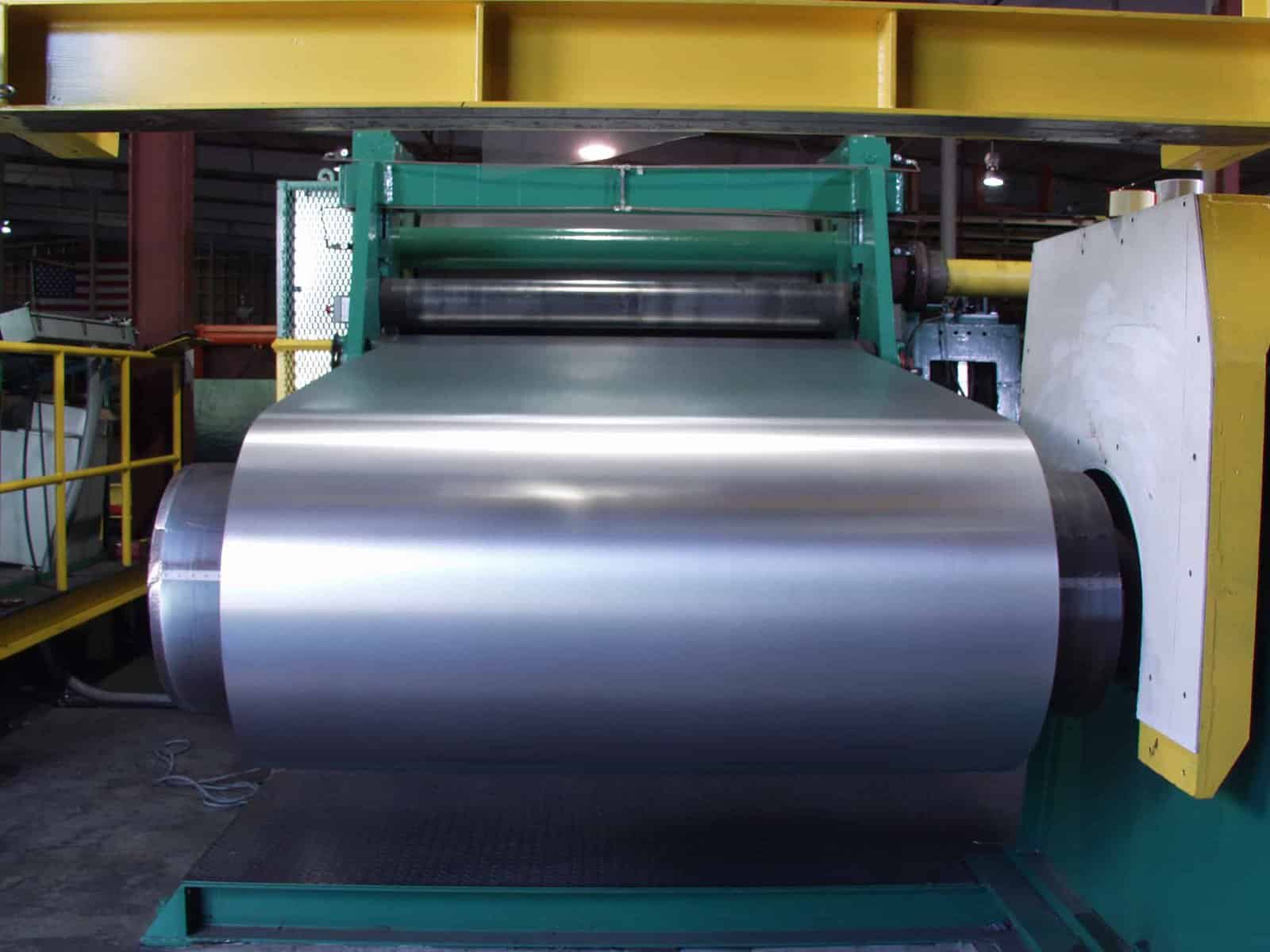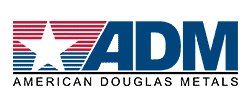Embossing refers to the creation of an impression of a design on raw materials. This art of pattern pressing has existed for over thousands of years and is commonly used today in manufacturing to create designs or impressions on metal items.
We use this technique in the industry to create imprints on metal coils, cut-to-length sheets, and other metal fabrication materials. But have you ever been interested in how this method came about and how it has evolved?
We thought we would take a look at three indicative aspects of this widely-used metal fabrication process.
Embossing Derived From India

According to research conducted, metalwork such as embossing can be traced back to India and the use of bronze casting.
Originally metalsmiths in that area utilized this technique for over five millennia to create forms with visions or concepts into copper and tin. These non-ferrous metals were eventually mixed to form bronze. This eventually adapted and was used widely with gold and silver to add finer detailing to the bronze plating.
Based on artifacts found tracing back to early Indian history, metal embossing was used to create designs in water vessels made of copper and silver.
For the past 500 years to today, this technique utilizes a series of metals such as brass, bronze, copper, iron and bell metal in India.
Basic Tools Were Used
In the earliest times of man, an embossing press or an emboss stamp was not used to make designs into vases and other raw materials. Some of the most simple tools were used to create designs used in currency and artifacts like:
- Metal Sheets
- Lac
- Scissors
- Gar Burners
- File and Buffer
- Hammer
- Sheets of paper
- Chisels
Depending on the work, size and request, it would take some craftsmen between 2 months to a year to finalize the work on art onto a metal sheet. To some craftsmen today, this method is still used to create authentic works of art and jewelry.
Henry Ford Didn’t Want To Use Embossed Parts
At the time of Ford’s rise in the automotive industry, some automaker companies were utilizing stamp components for their vehicle assembly. At first, Henry Ford was resistant to this process after his engineers recommended using stamped car parts.
But his mindset changed after the release of the 1908 Ford Model T; he then wanted to create more affordable cars within an effective time frame to meet the demand of customers.
In 1913, Ford installed his first moving assembly line for the mass production of an entire vehicle. He broke the process down into 84-steps and trained each of his workers to do one step of the process while a machine stamped out the parts automatically and faster than before.
We Use It to Create Everyday Items
Embossing is not only used to create specific designs in metallic vases or car parts; it plays a large role in the manufacturing process and is used to create items we use everyday.
Silverware with designs, panels, drink cans, lighters, computer parts–these are a few examples of metal materials stamped for our convenience.
Did you know, custom embossing is used on a large scale to create household appliances like washers and dyers?
Embossed materials work well to disperse liquid more effectively, reduce friction and static, increase metal surface area for heat transfer application, and improve traction.

We Use It to Create Everyday Items
At ADM, our metal embossing capabilities create professional, industrial-grade embossed metals for your application. In order to achieve unique designs in our metal fabrication, we offer embossing services for aluminum and steel products.
Our metal embossing capabilities include:
- 64” Wide Embosser
- 11” – .063” Gauge Range (gauge ranges may differ depending on material)
- 25,000 lb. Maximum Coils
- PVC Application
- Stucco (Directional) Embossed Pattern
- Diamond Embossed Pattern
- Custom Embossed Pattern
ADM also offers a limited supply of embossed patterns such as:
- Driftwood
- Pebble
- Rustic Cedar
- Seville
With a full-service metal fabrication center, all metal embossing materials can be cut-to-length (CTL) or slit to your exact project specifications.
Interested in customizing a component for your machine or imprinting
a custom embossed pattern on your next project?
Reach out to American Douglas Metals (ADM) today to request additional information on how we can help fulfill your project needs.
